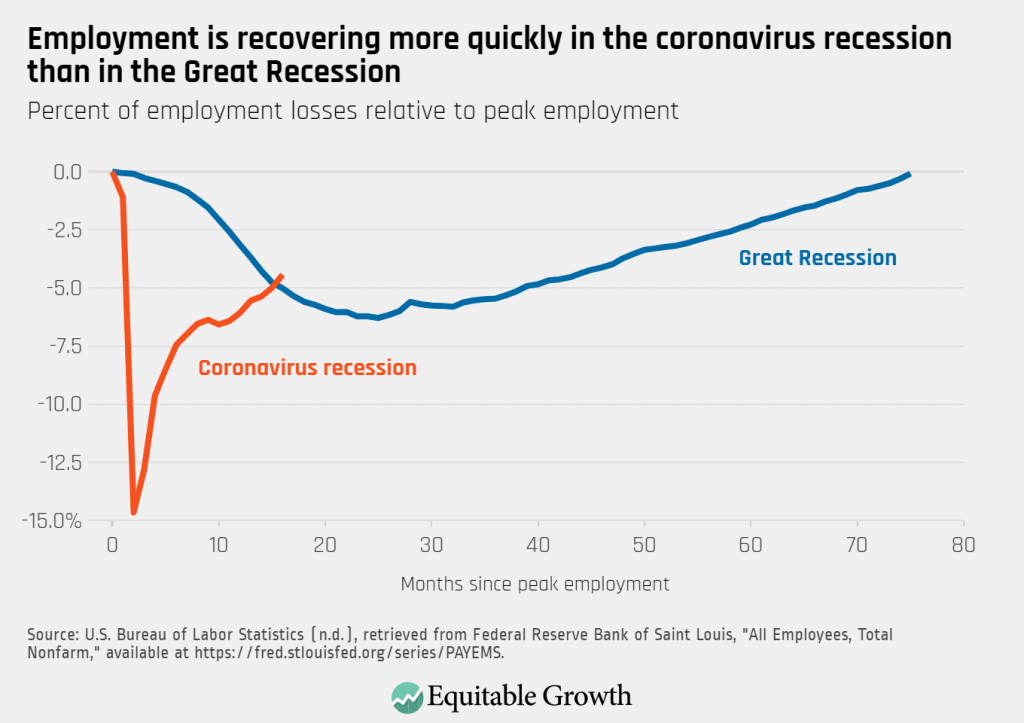By Dr. Gyan Pathak
Economic slowdown triggered by multiple and overlapping economic and political crises has threatened labour market recovery across the world. Inequalities in the labour market set to increase further. Certain group of workers and firms are disproportionally impacted. Slowly recovering developing countries are now facing less policy space to protect hard-hit workers and enterprises. The worst is that informal job growth is outpacing the formal work reversing the 15 years trend of formalization of work, jeopardizing the social security coverage of the workforce.
The latest ILO monitor finds the labour market prospects extremely uncertain, with growing downside risks, including the impacts of high inflation, tightening monetory policy, increasing debt burdens and declining consumer confidence. While it normally takes time for an economic slowdown or a recession to result in job destruction and unemployment, available data suggests that a sharp labour market slowdown is already underway. On current trends, global employment growth will deteriorate significantly in the fourth quarter of 2022.
On top of unequal and incomplete recovery for the COVID-19 crisis, a set of multiple and overlapping crises, which include negative spillover effects of Ukraine war like inflation (especially food and energy), real wage and inequality, shrinking policy space and higher debt burdens in developing countries, and slowdown in economic growth in 2022 and 2023, would reduce the demand for workers, the ILO monitor warns.
It has been estimated by the ILO monitor that recovery in hours worked remains uneven and is now threatened by the economic slowdown. The encouraging recovery seen at the beginning of this year has not continued, and there are significant differences between regions and income groups.
Estimates indicate that in the third quarter of 2022, hours worked were 1.5 per cent below the level of the pre-COVID-19 crisis benchmark of the fourth quarter of 2019, which is equivalent to a deficit of 40 million full-time jobs. Moreover, the progress in narrowing the gender gap in hours worked is at risk.
In the first half of 2022, employment-to-population ratios had returned to or exceeded the pre-crisis level in the majority of advanced economies, while in most middle-income countries with available data, employment deficits persisted relative to the pre-crisis situation. Available data shows that high-skilled occupations (managers, professionals, and technicians and associate professionals) had experienced a stronger recovery by 2022 Q2 compared with low- and medium-skilled occupations, including services and sales workers, which remain below the level of the same quarter in 2019.
The ILO monitor noted that informal job growth in 2021 had fully reversed the losses experienced during the pandemic of 2020, whereas formal employment did not. Informal jobs are even growing in 2022 at the same pace as formal employment, jeopardizing the slow but consistent trend towards formalization observed over the previous 15 years.
The Russian aggression against Ukraine has had disastrous impact on Ukrainian labour market with 2.4 million job loss. Now the impact of the crisis on countries neighbouring Ukraine and Russia needs to be carefully assessed as they could put at risk political and labour market stability, particularly if the conflict becomes more entrenched. Spillover effects beyond the region, particularly through heightened price volatility and increased food and energy prices, have significantly impacted labour markets in the Global South, leading to increased food insecurity and poverty.
The ILO monitor warns that the multiplication of crises raises the risk of another significant global labour market downturn, requiring comprehensive, integrated and balanced policies which address not only inflation in isolation but also its broader implications for employment, enterprises and poverty. Excessive policy tightening is causing undue damage to jobs and income in both advanced and developing countries.
The high and persistent inflation, which is expected to peak at 9.5 per cent in 2022 in Q3 according to an IMF estimate, is creating enormous pressures on labour income and workers who are struggling to maintain their purchasing power, raising the risk of increased poverty and inequality.
Moreover, the overlapping crises are directly affecting enterprises, particularly small firms which are most vulnerable to shocks. Higher energy and other input prices increase business costs, which are difficult to pass on to customers already facing diminished purchasing power. Higher interest rates decrease business investment and increase business debt burden, further depressing investment demand. Exchange rate instability also adds to these costs in countries facing currency depreciation, as the price of imported goods rises. These conditions create high uncertainty, which is further dampening business investment and impacting job creation. At present, the risk of a recession in 2023 has increased, and with it there is depressing outlook in the recovery of labour market.
The set of policy tools to combat multiple crises needs to be widened through social dialogue, which would include: interventions in setting prices for public goods; rechannelling windfall profits; strengthening income security through social protection; increasing income support to maintain the purchasing power of labour income; and targeting support to the most vulnerable people and enterprises, ILO monitor has suggested. In order to respond at a global level to multiple economic and geographical crises, internal solidarity and coordination is even more critical, and policy coherence is key, which are also principal aims of the UN Global Accelerator on Jobs and Social Protection for Just Transitions. (IPA Service)

 ‘Group Of 20’ Religious Meet Ahead Of G-20 Economic Summit In Bali
‘Group Of 20’ Religious Meet Ahead Of G-20 Economic Summit In Bali 